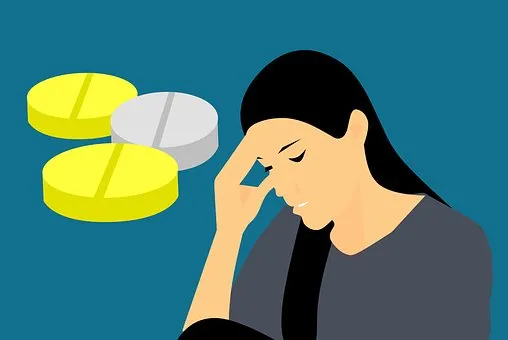Headaches can cause mild to extreme pain, depending on the type you experience. According to the National Headache Foundation, about 45 million Americans suffer from headaches that are chronic or recurring, and 28 million of these headaches are migraines. Other common types of headaches are tension headaches and sinus headaches.

source
Tension Headaches
Tensions headaches can begin as mild pain and gradually become worse if not treated. Tension headaches can be caused by stress, eye strain and constant pressure or movement of the head. Among adults, tension headaches are the most common type of headaches. Tension headaches are also called stress headaches. An article on tension headaches by the University of Maryland Medical Center reports that any activity that keeps the head held in the same position for a long period of time without moving can cause a headache. Activities such as working on the computer, typing, intricate work with the hands and using a microscope can all cause tension headaches. A tension headache may be easy to treat if you have an idea of what caused it. In some case painkillers such as aspirin or ibuprofen may be taken. For some, relaxing and breathing techniques are effective at relieving tension headaches.
Migraines
Migraines are a serious type of headache that may or may not be a sign of an underlying illness. A migraine can be accompanied with symptoms such as vomiting, nausea, and photosensitivity. According to the Mayo Clinic, some migraines may be preceded by warning symptoms or sensory signs (auras). These signs can include flashes or bursts of light, blind spots and tingling sensations in your arms or legs. Pain experienced from a migraine can be moderate to severe and is frequently described as a throbbing, pounding pain. A migraine can typically last from 4 hours to three days and generally occur anywhere from one to four times per month.
Sinus Headaches
Deep and persistent pain in the cheekbones, forehead or bridge of the nose is often experienced with sinus headaches. Sudden head movement or straining usually intensifies the pain and may occur with other sinus symptoms such as nasal drip, plugged ears, fever and swelling in the face. The University of Maryland Medical Center reports that sinus headaches may be caused by sinusitis or sinus congestion. Sinusitis is caused by a cold or allergies such as hay fever. When the sinuses are healthy, they allow mucus to drain freely and air to flow throughout the nasal passages. When part or all of the sinuses become inflamed, these areas get obstructed and mucus cannot drain. The pressure from nasal blockage can create a sinus headache. Treating the underlying sinus inflammation may be the best way to treat a sinus headache. Antibiotics, antihistamines or nasal corticosteroids may be used to treat the sinus infection and help alleviate a sinus headache.